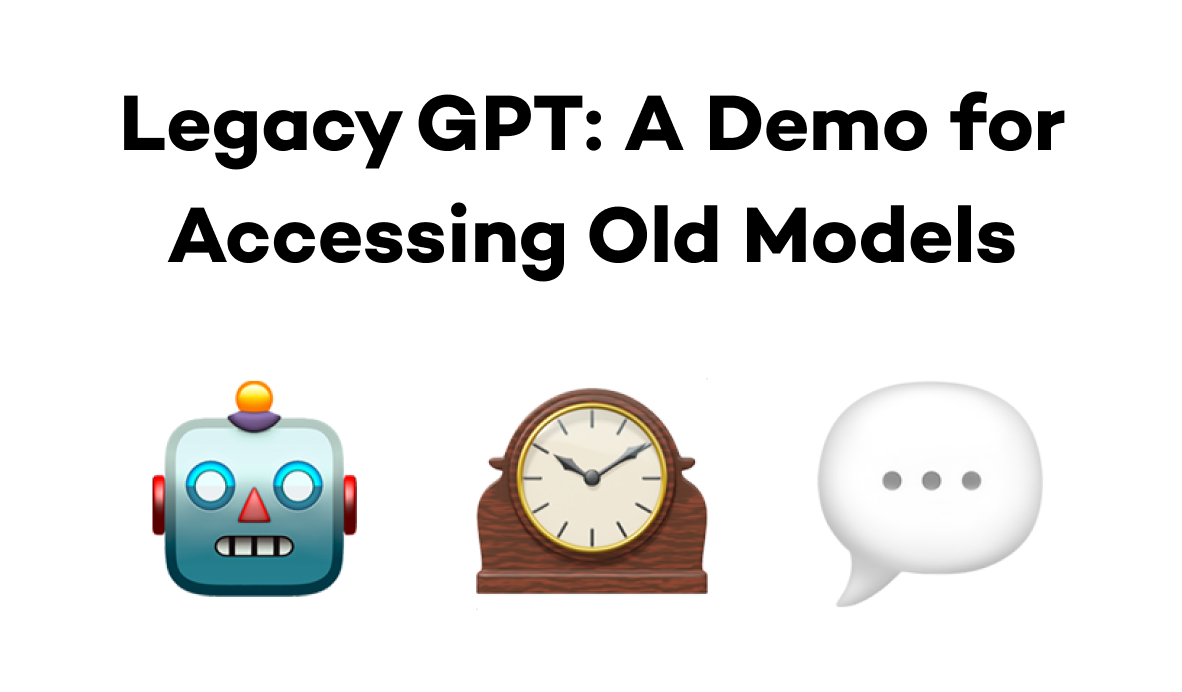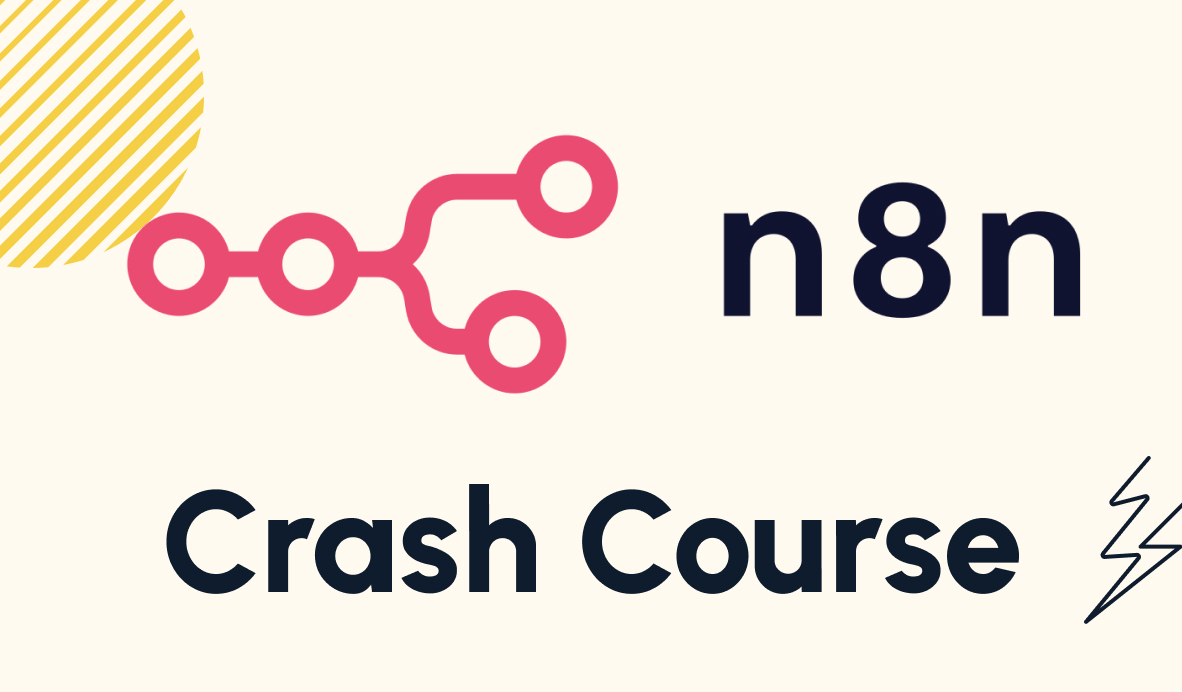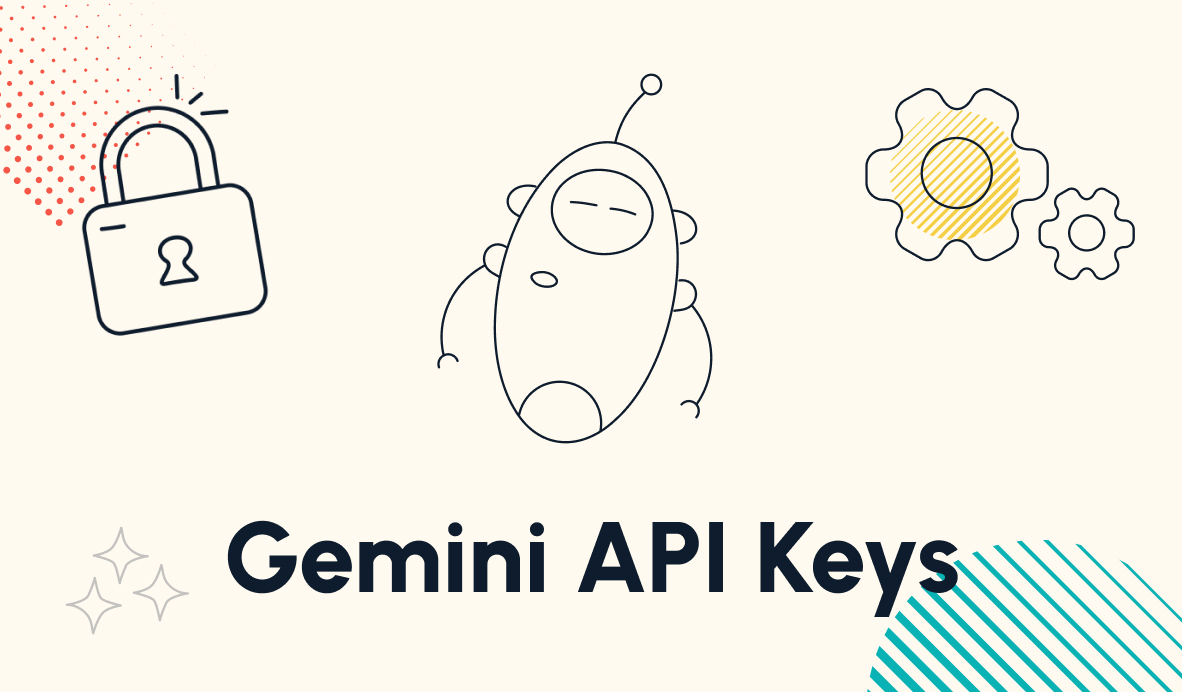Create a Professional-Quality AI Voice Clone with Elevenlabs
Elevenlabs makes it easy to create a near-perfect AI replica of your voice. We'll show you how to get started and share some tips to get the best results.
October 29, 2025
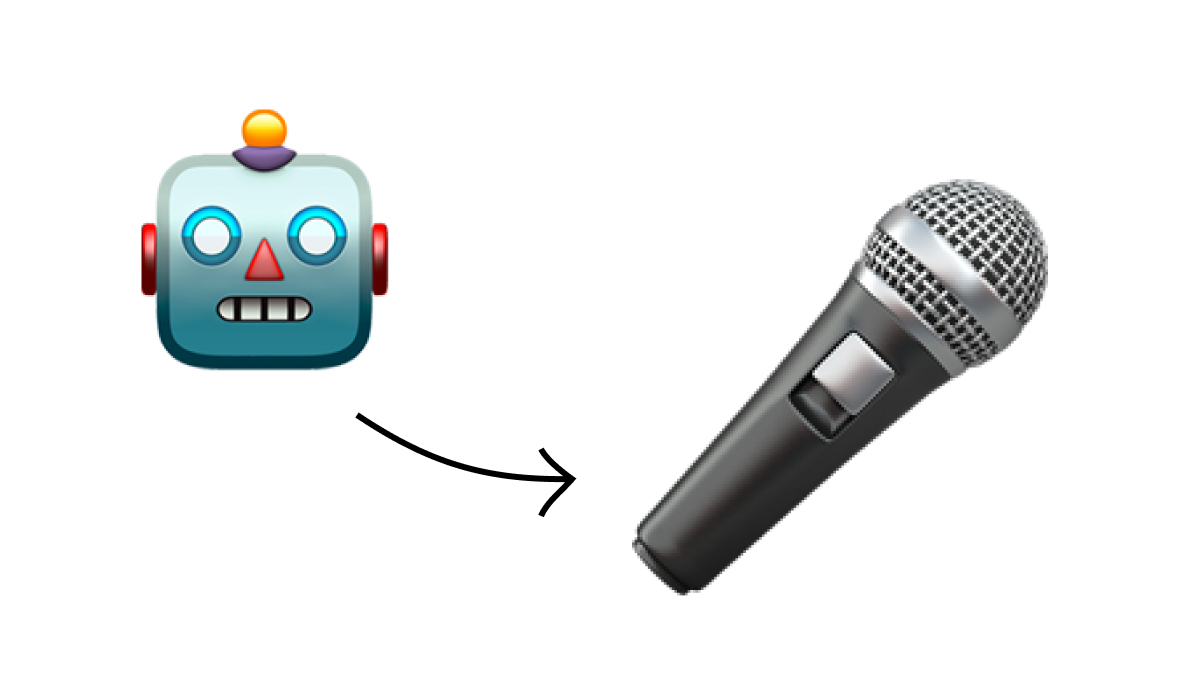
Content creators: how many hours did you spend last month recording voiceovers?
How many takes did you need to get a clean read without stumbles or background noise?
How much time did you waste editing out breaths, clicks, and mistakes?
Here's a better question: what if you could generate professional narration in minutes instead of hours, with no recording booth required?
AI voice cloning has reached the point where quality synthetic voices are virtually indistinguishable from human recordings. In the video embedded below, you can hear the voice clone we’ve created for our CEO and YouTube host, Tom.
In this video, every bit of voiceover you hear is actually Tom’s voice clone.
The voice clone is trained on real recordings to replicate Tom's voice with remarkable accuracy. Most people can't tell the difference.
Instead of recording, re-recording, and editing hours of audio, you can generate professional narration in minutes.
Here's how to do it right.
Choosing the right tool: ElevenLabs
The tool we recommend for creating a voice clone is ElevenLabs. While other voice cloning platforms exist, ElevenLabs consistently delivers the highest quality results across multiple capabilities, including text-to-speech generation, audio transcription, voice transformation, and voice isolation.
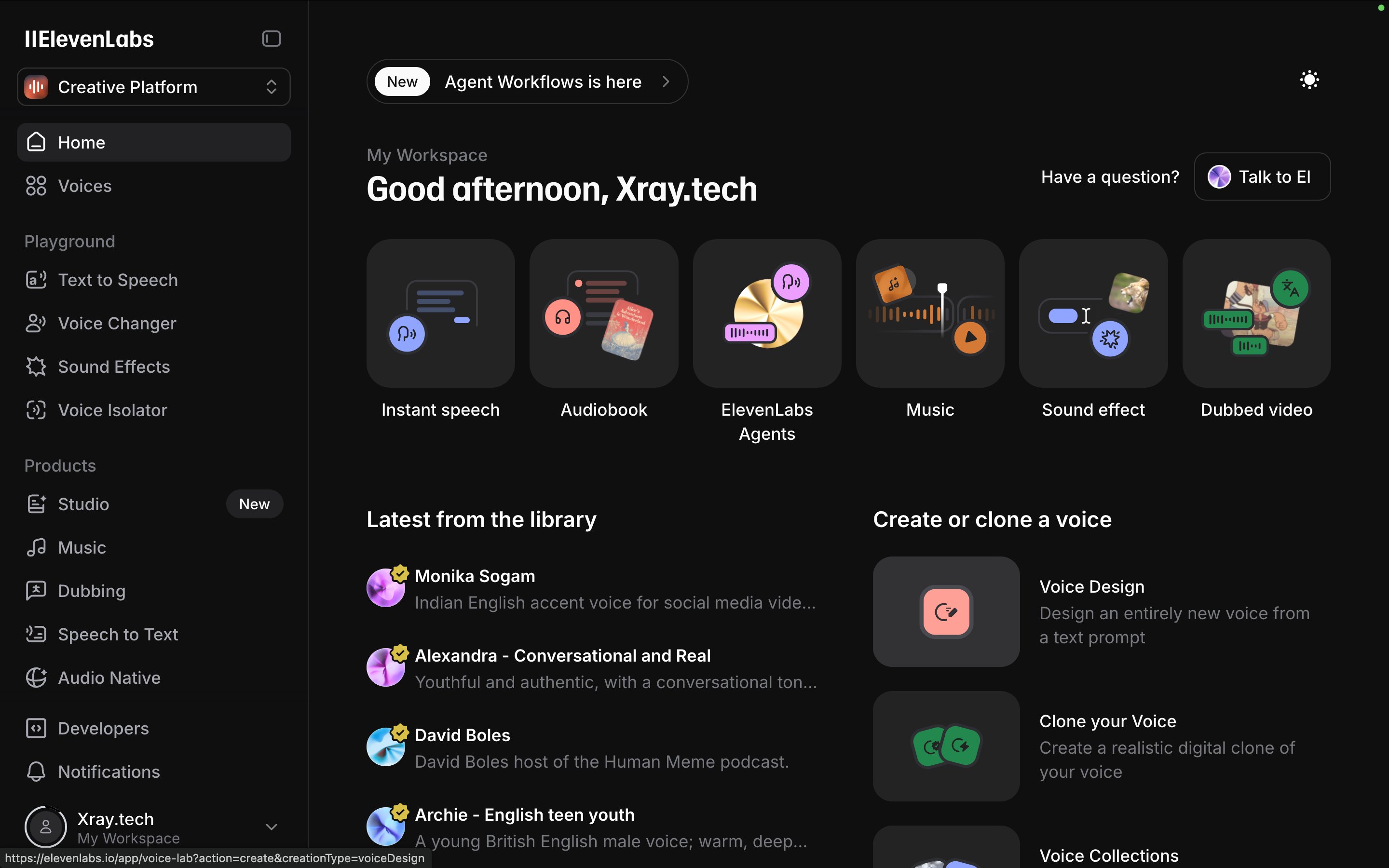
To get started with ElevenLabs, go to their site here and create an account.
Professional vs. Instant voice clone
ElevenLabs offers both “Instant” and “Professional” voice clones. We’d recommend creating a Professional voice clone – that’s the type of voice we used in our video above.
To create a professional voice clone, you'll need to subscribe to at least the Creator plan.
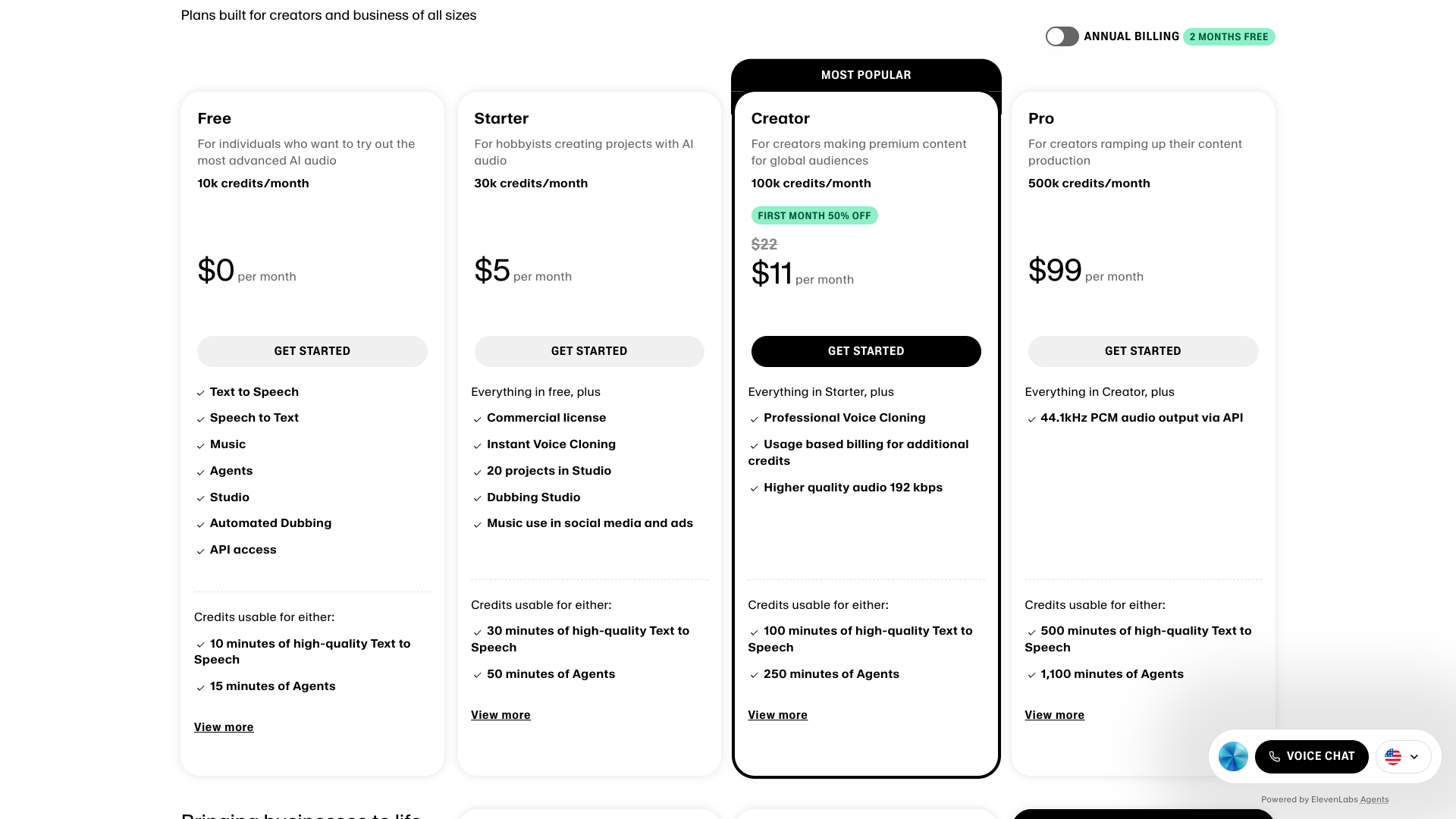
The lower-tier Starter plan only provides access to instant voice cloning, which produces faster but lower-fidelity results.
Creating your professional voice clone in ElevenLabs
Once you’ve signed in to Elevenlabs, you can create your voice clone by clicking on “Voices” and adding a new voice.

ElevenLabs will walk you through the simple process step by step, but there are few things you should know about beforehand.
Preparing training data for your voice clone
The most critical requirement is training data: you’ll need at least 30 minutes of clean, high-quality audio. The quality of your reference recordings directly impacts the quality of your voice clone, so it's worth taking the time to prepare good material.
You can also upload more than 30 minutes of audio – we uploaded over 2 hours of voiceover recordings to make Tom’s clone.
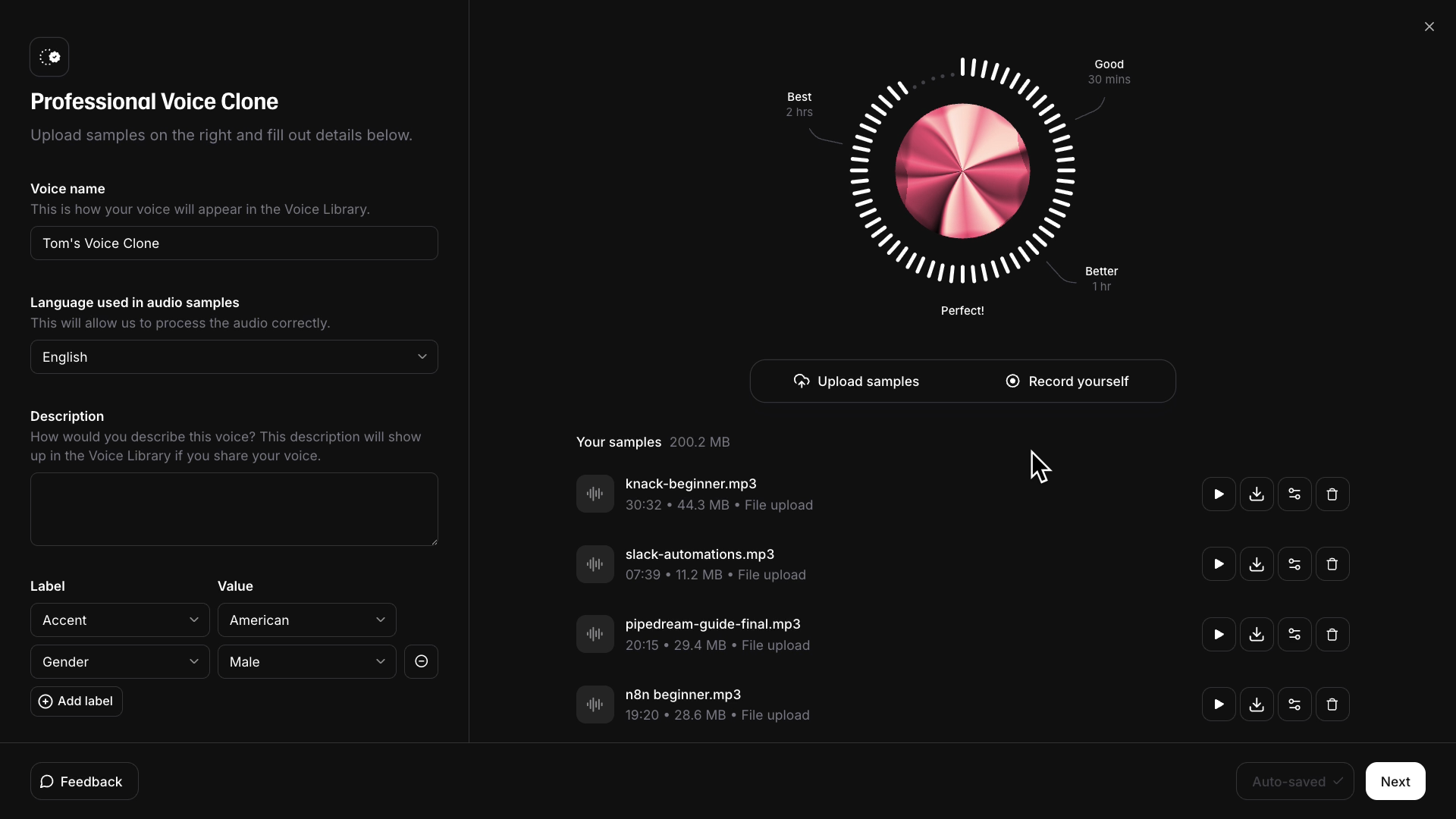
Your training audio should include:
• No background noise or ambient sound
• No music or sound effects
• No additional voices that might confuse the AI model
• Clear, natural speech in your normal tone
For anyone who already creates content, assembling this material is straightforward – just compile raw audio clips from your recording sessions until you have the required amount.
The authorization step
One important safeguard: ElevenLabs requires you to record yourself reading a brief authorization message before creating your voice clone. This prevents misuse by ensuring that no one can create unauthorized clones of other people's voices.
Wait for Elevenlabs to generate your voice clone
After you upload your samples, the voice clone typically takes a few hours to generate.
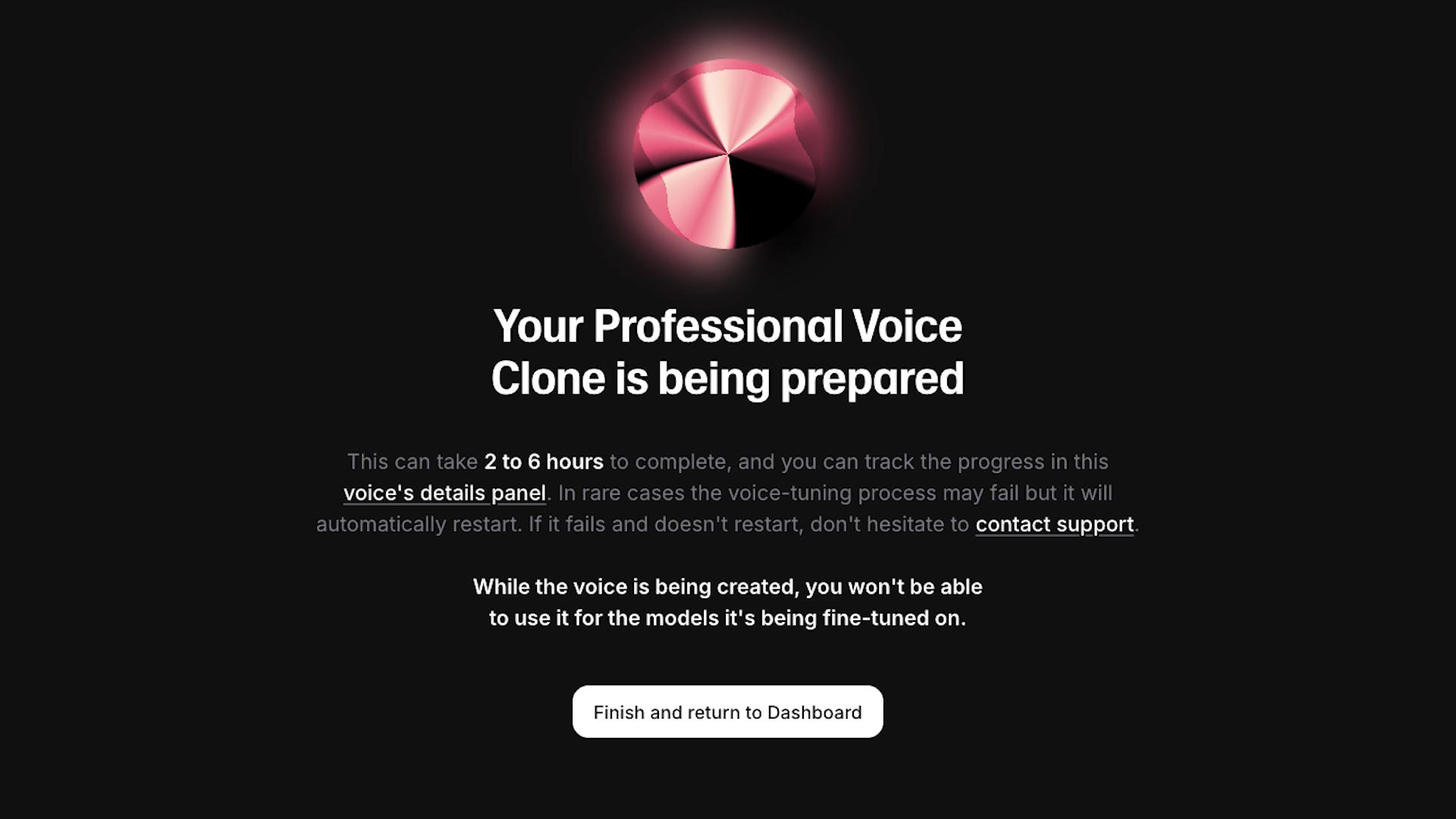
Once it's ready, you can use it across multiple ElevenLabs tools, including the text-to-speech panel, the voice changer, and even the Audio Native plugin for website narration.

Getting professional results: three essential techniques
Like any AI tool, ElevenLabs’ output will vary in quality, style, and tone.
But just like OpenAI, Claude, and other LLMs, you can adjust several settings and options to ensure consistent results.
The difference between mediocre AI audio and reliable professional-quality narration comes down to technique. These three strategies will help you generate output that sounds genuinely human.
You can watch the video linked at the beginning of the article to see and hear examples of all these strategies in action.
1. Adjust your settings strategically
Don't accept the default settings without reviewing your options, which can all be accessed in the panel on the right.

Start by selecting your voice clone and your preferred model – different models have different costs and capabilities, and the summaries in ElevenLabs explain the trade-offs clearly.

Underneath the model selection, you’ll see a short list of fine-tuned technical settings: speed, stability, similarity, and style exaggeration.
You can adjust these however you’d like for your desired style and circumstances.
As a general rule, we’d recommend setting style exaggeration to about 3-5%. It’s a subtle change that produces significant results, making the narration sound noticeably more lively and human.
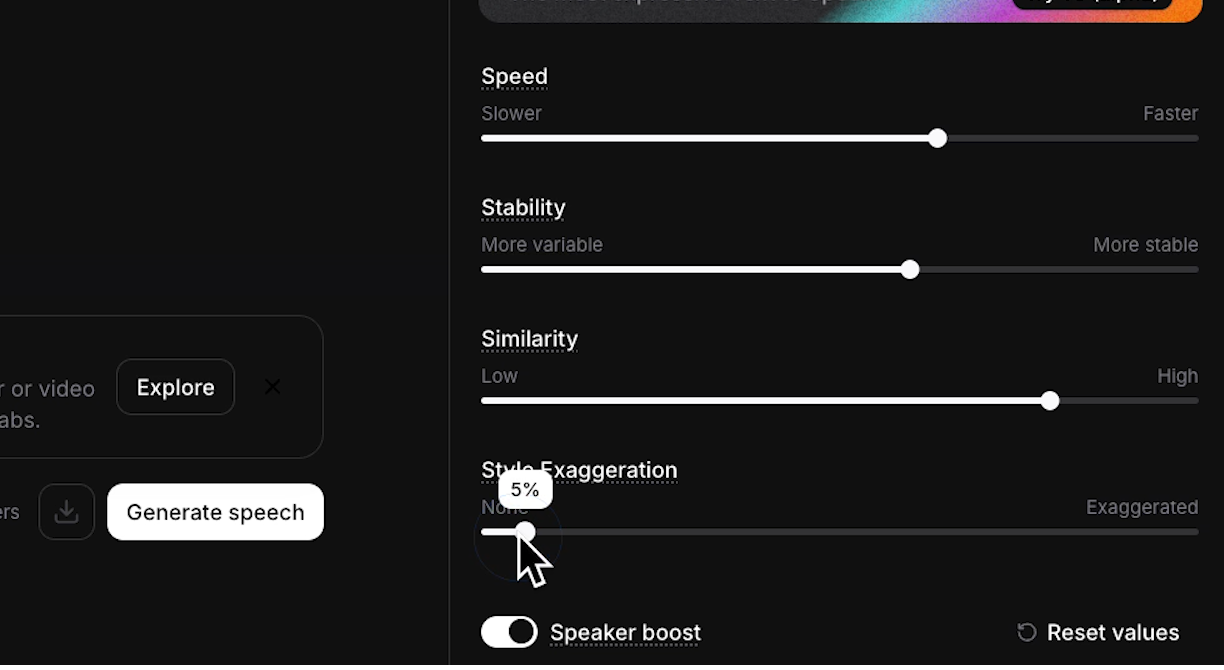
In the YouTube video linked at the beginning of this article, all of the voiceover audio is generated using this setting.
2. Always provide context
Avoid generating a single line of text in isolation.
When the AI only has a few words to work from, the output tends to sound flat and lifeless, like an actor performing without direction. Instead, include some surrounding sentences when generating audio.
Giving the AI a full paragraph or section helps it understand the emotional tone and emphasis patterns.
Even if you only need to replace one line in an existing recording, generate the entire surrounding section and extract the portion you need. The improved quality is worth the extra step.
3. Add performance cues to your text
You can guide the AI's performance by adding simple cues directly in your text. Type a word in ALL CAPS to add emphasis, or add ellipses (...) and line breaks to create pauses. You can even adjust spelling to influence pronunciation.
For example, ElevenLabs sometimes mispronounces "Zapier" to rhyme with "rapier" instead of "happier." To fix this, you can just spell it with an extra P: "Zappier." The adjusted spelling clarifies the pronunciation without requiring any complex setup.
If you’d like, you can also create a "pronunciation dictionary” to describe the exact phonemes used in a specific word, using standards like IPA.
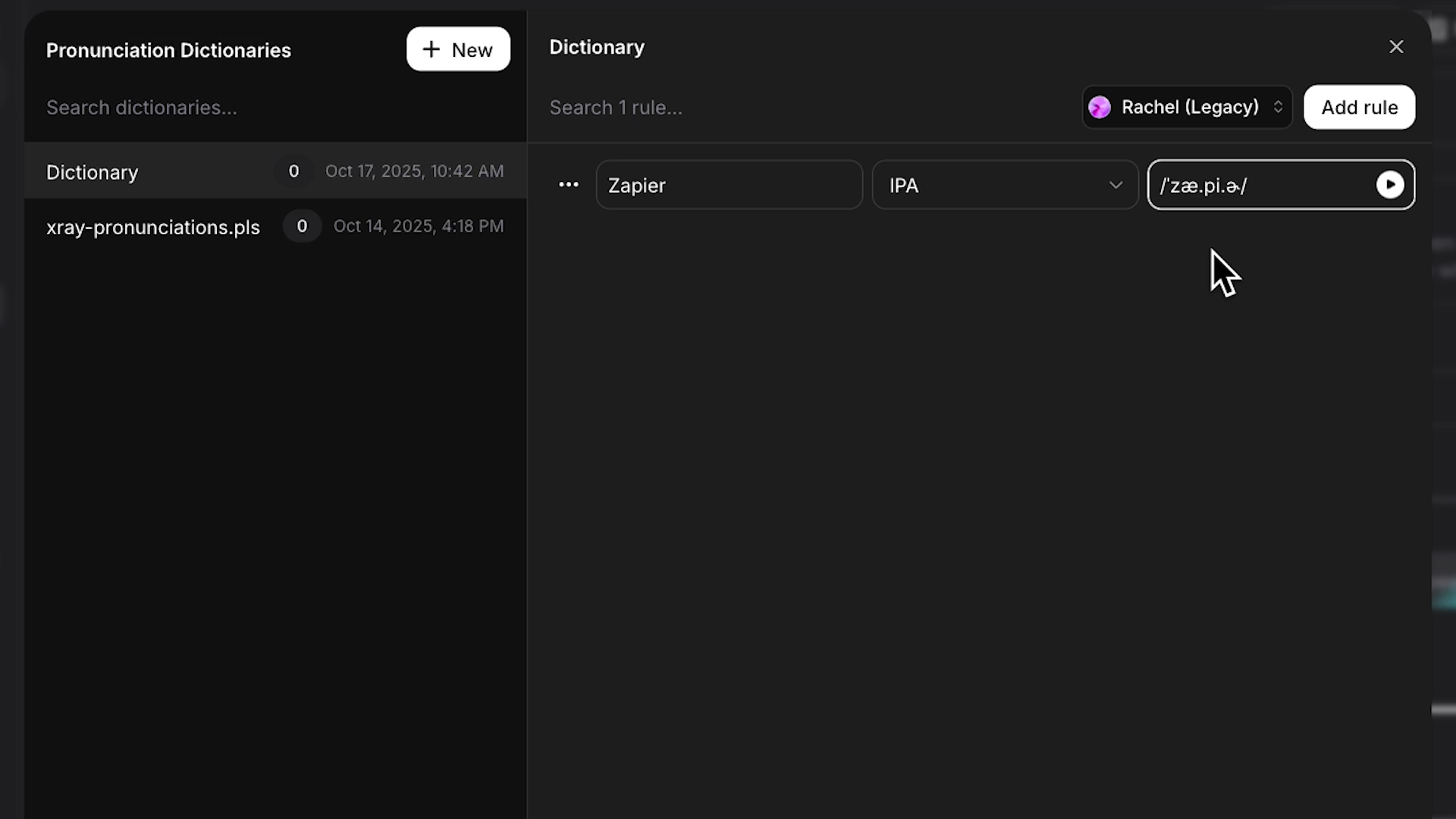
You can learn more about pronunciation dictionaries here. However, in most cases, we find that just adjusting the spelling of a word is easier and more effective.
These techniques are intuitive once you start experimenting. Try different approaches until the output matches your vision.
Bonus tip: generating multiple takes
Here's one final piece of advice: always generate all three takes that ElevenLabs offers for each text segment.
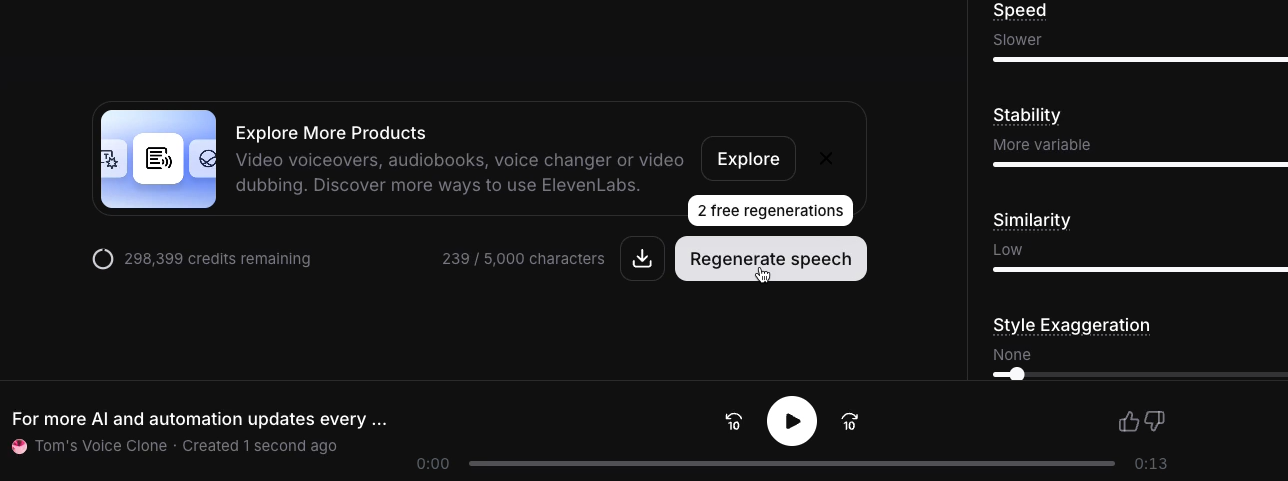
Each take will have slight variations in emphasis and emotion, and you can cut and paste the best parts together to create your final audio. Just make sure your text is finalized before generating, because changing even a single character requires a fresh generation that will consume additional credits.
The bigger picture: orchestrate, don't execute
Voice cloning represents just one example of how AI and automation can transform your workflow.
At XRay, we believe that none of your tasks should be fully manual anymore. Your role is to orchestrate these tools, not to spend hours in front of a microphone repeating the same script until you get a clean take.
This is how we work, how we help our clients work, and how we're teaching others to work.
If you're ready to design a better way for your entire team to operate, reach out to learn more about our professional services.
We offer hourly support for quick projects and education, as well as long-term retainers for complete workflow transformation.
Schedule a free call today – we've helped organizations of all sizes create more meaningful workdays.



